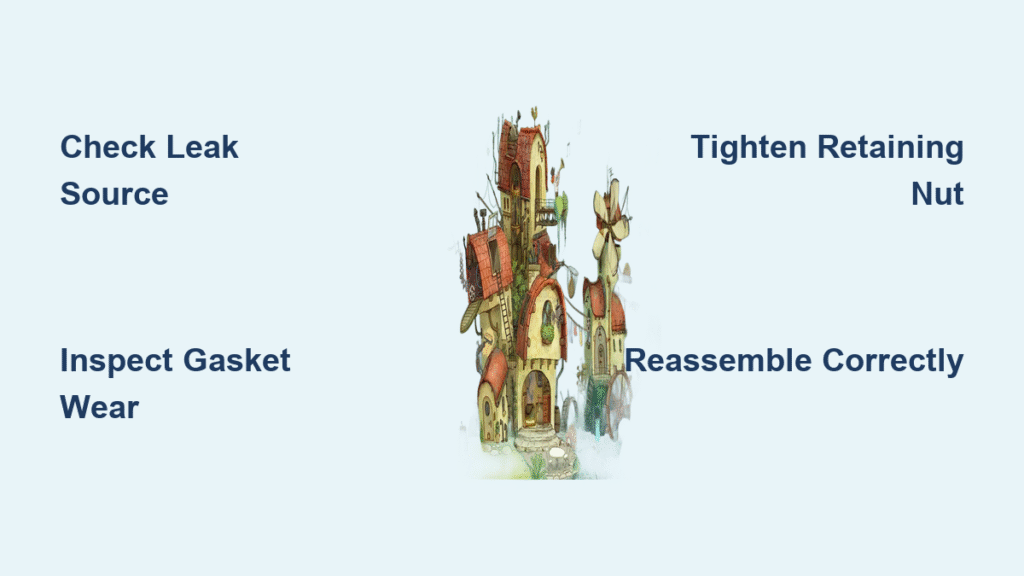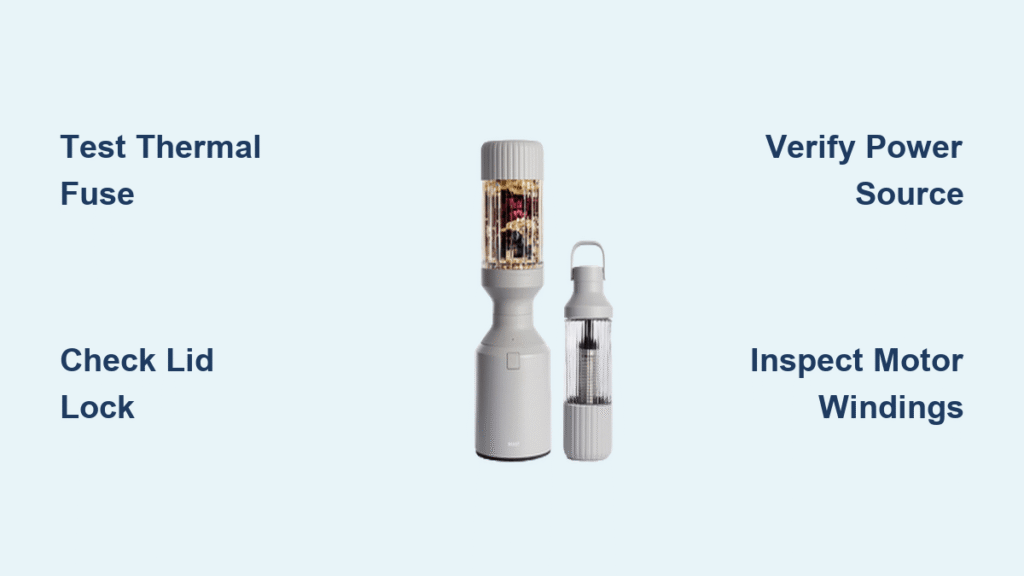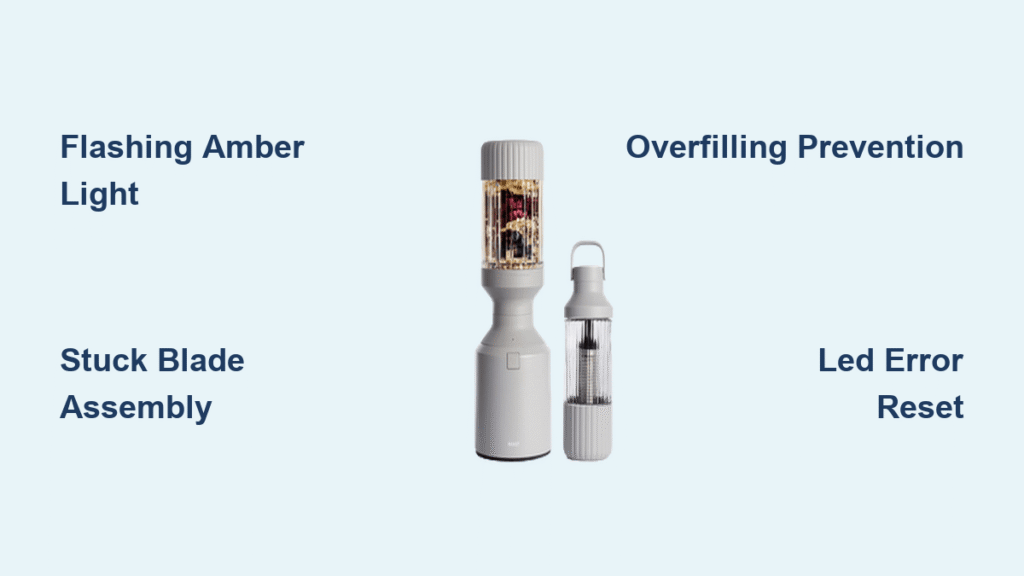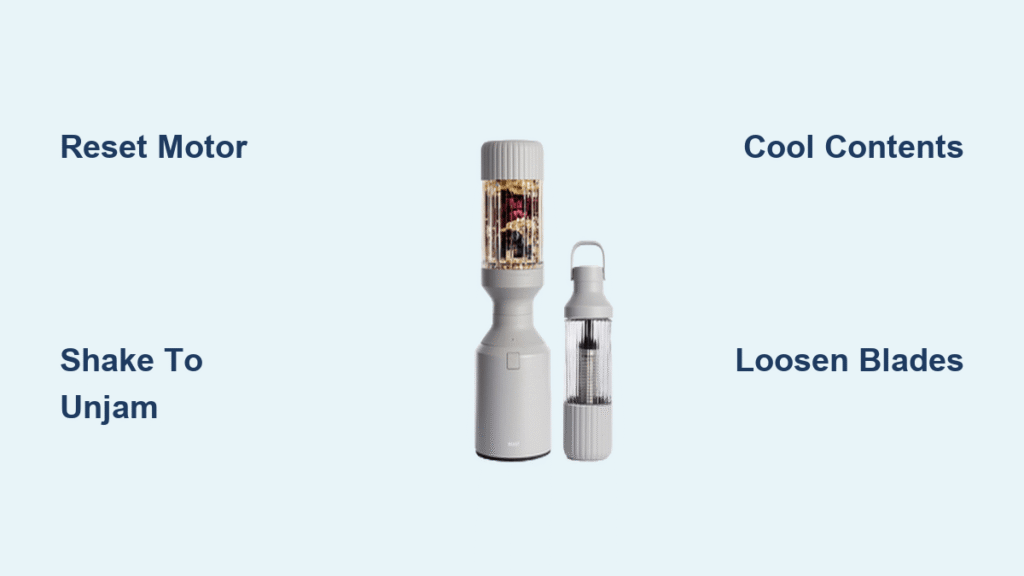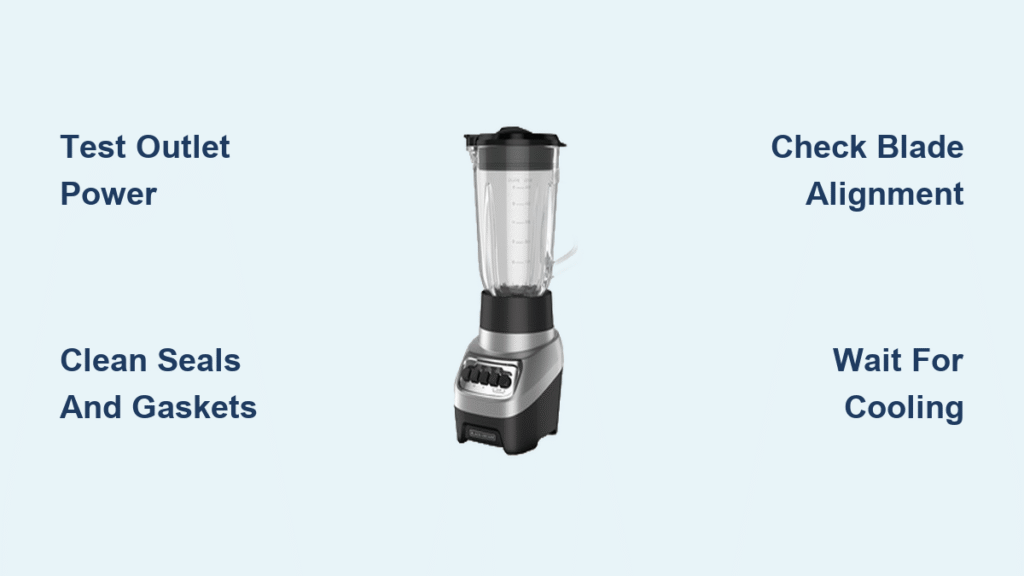Your countertop transforms into a sticky disaster zone when your blender leaking from bottom turns breakfast prep into a cleanup nightmare. That slimy grey trail isn’t just annoying—it signals critical mechanical failure that risks electrical hazards. Most bottom leaks stem from preventable assembly errors or worn components, not permanent damage. This guide delivers immediate diagnostics and repairs for your leaking blender, saving you replacement costs and potential kitchen dangers. You’ll learn to pinpoint the exact failure point in under 30 seconds and apply permanent fixes using tools already in your kitchen drawer.
Pinpoint Your Leak Source in 30 Seconds
Don’t guess—test. A wrong diagnosis wastes time replacing functional parts. This sink-side test reveals whether your blender leaking from bottom originates from assembly errors or internal motor damage, guiding your repair strategy.
Water Test Procedure
Fill the jar with exactly one cup of water over your sink. Hold the jar upright and watch where liquid emerges:
– Perimeter seepage = Gasket or assembly issue (90% of cases)
– Shaft-centered drip = Internal seal failure (urgent repair needed)
– Grey/black gunk = Motor housing breach (stop using immediately)
Perform this test before disassembly—water color and leak pattern dictate your next steps. Clear water means simple seal failure; oily residue indicates dangerous internal contamination.
Blade Assembly Movement Check
Press thumbs firmly on both sides of the blade assembly while gently rocking side-to-side. Any detectable “slop” (more than 1mm movement) confirms your drive shaft seal has deteriorated. A rigid, centered blade points to gasket or nut problems instead. This wiggle test takes 5 seconds but prevents unnecessary motor housing disassembly.
7 Mechanical Failures Causing Bottom Leaks

Understanding the root cause stops recurring leaks. Most blenders leak from the bottom due to these specific mechanical failures—not user error.
Loose Retaining Nut Vulnerability
The 8-sided black nut securing your blade assembly loosens counterclockwise through daily vibration. Hand-tightening rarely lasts—thermal cycling from hot soups to cold smoothies accelerates thread fatigue. If the nut backs off repeatedly within days, worn threads require gasket replacement or thread-locking compound. Never overtighten; this cracks plastic jars.
Critical Part Stacking Sequence
Your blender’s seal depends on precise order:
1. Gasket seated flat on jar rim (no twists)
2. Blade assembly centered directly on gasket
3. Retaining ring fully threaded down
Assembling dry creates micro-gaps—always lubricate with water or dish soap during reassembly. One user reported fixing chronic leaks by simply flipping their gasket (flat side down).
Invisible Surface Contamination
Microscopic food particles on the glass jar rim or blade baseplate sabotage seals. Clean both surfaces with a vinegar-soaked paper towel until they feel uniformly smooth—no gritty spots. Dish soap residue alone causes 30% of “mystery” leaks.
Gasket Degradation Red Flags
Check your gasket monthly for:
– Hardness (no spring-back when pinched)
– White chalky residue (citrus acid damage)
– Hairline cracks near blade shaft
Silicone gaskets last 2-3x longer than rubber but still fail from dishwasher heat. Replace annually for daily users.
Internal Shaft Seal Failure
When liquid migrates through the blade assembly, degraded internal seals allow food particles to mix with motor lubricant. This creates distinctive grey goo—different from simple water leaks. Shaft seal failure requires full blade cartridge replacement; temporary fixes worsen contamination.
Immediate Repair Protocol
Safety Stop Conditions
Discontinue use and unplug immediately if:
– Electrical burning smell accompanies leaks
– Grey oily residue appears (shock hazard)
– Water flows steadily without pulsing
These indicate motor housing breaches requiring professional service—do not attempt DIY repair.
Disassembly Without Damage
1. Empty jar and rinse thoroughly
2. Wrap blades in thick towel (have helper hold stationary)
3. Grip 8-sided retaining nut with pliers—turn counterclockwise
4. Lift components straight up: gasket, blade assembly, retaining ring
Pro Tip: Place jar rim on counter for leverage—never force the nut.
Precision Reassembly Steps
- Clean jar rim and blade baseplate with soft brush
- Lubricate new gasket with water (critical for seal)
- Stack components in correct order (gasket → blade → ring)
- Hand-tighten nut counterclockwise while holding blades
- Final tighten: ¼ turn with pliers (no more!)
Over-tightening cracks glass jars—stop when resistance increases sharply.
Post-Repair Validation Test
Never trust a repair until tested under load. This 60-second validation prevents countertop floods:
1. Fill jar with 1 cup water
2. Blend on lowest speed for 15 seconds
3. Immediately invert over sink
4. Success: Zero drips after 30 seconds
5. Failure: Repeat disassembly—check gasket seating
Progress to full-speed tests only after passing this water check. If leaks return, your blade assembly requires replacement—internal seals can’t be repaired.
Long-Term Leak Prevention Tactics
![]()
Daily Maintenance Habits
- Rinse immediately after use—dried residue prevents sealing
- Never dishwasher blade assemblies—heat hardens gaskets
- Store inverted to air-dry jar rim completely
One blender engineer confirmed: 90-second post-use rinsing doubles gasket lifespan.
Strategic Part Upgrades
- Replace rubber gaskets with food-grade silicone (lasts 3x longer)
- Apply one drop of food-safe thread locker to retaining nut threads if it loosens repeatedly
- Keep spare blade assembly ($12 online) for instant diagnostics
Generic O-rings fail 95% of the time—exact thickness matching is non-negotiable. Measure your old gasket before ordering.
When to Call Professionals
Critical Warning Signs
Seek service immediately if you observe:
– Grey goo with humming motor noise changes
– Visible hairline cracks in motor housing
– Retaining nut spins freely (stripped threads)
– Electrical smell during operation
Document leak color, smell, and failure pattern—this cuts service center diagnosis time by 70%.
Warranty Navigation Tips
- New blenders (under 1 year): Hamilton Beach covers loose mechanisms—contact via original retailer
- Older models: Breville requires full-unit shipping for “seal kit” repairs (cost: 60% of new unit)
- Hardware store fix: Only attempt with verified gasket specs—measure inner/outer diameter and thickness to 0.5mm accuracy
Your blender leaking from bottom is rarely a death sentence—it’s a maintenance opportunity. Over 80% of leaks resolve with proper gasket replacement and assembly technique. Address leaks within 48 hours to prevent motor contamination and electrical risks. By mastering these diagnostics, you’ll extend your blender’s life by years while avoiding hazardous countertop floods. The key lies in precise part sequencing and immediate post-use care—simple habits that keep your appliance leak-free through thousands of blends.

